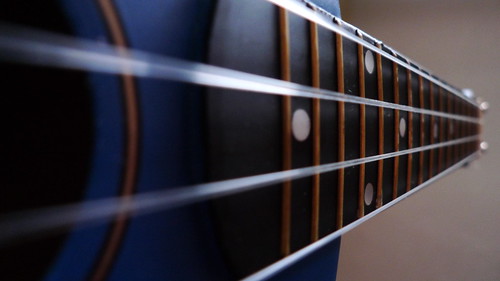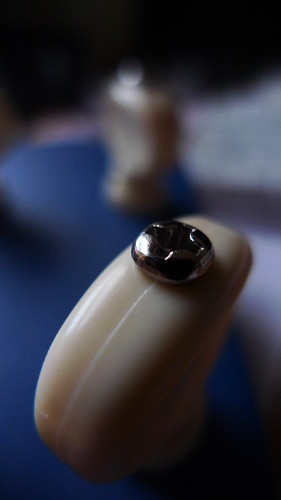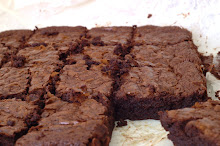I've been tinkering with the uke for a week and a bit now - trying to have at least five minutes with it per day, just tuning and doing a few chord changes if nothing else - and have a few thoughts on the wee beastie that I want to get down.
First of all, tuning. Standard soprano uke tuning is AECG (looking from the top), and would you look at that, the A is one note lower than the G. It's not a low A, it's a high A. This threw me completely for the first day, as I had no audio samples to tune against and so I read the tuning was AECG, and as I can whistle a decent C without needing to pitch it I could tune against that. Except the A was tuned low, not high, so the string was very slack and the uke sounded very peculiar.
Strings; I've been used to playing a steel strung guitar since... lord knows. 1988, at the latest. Nylon strings were on my second, 3/4 guitar, but I've been playing steelies since I acquired our Tony's Les Paul knockoff (no humbuckers) and played it a capella. Going back to nylons has been really odd, and interestingly playing barre chords seems harder.

Once the tuning thing - high A - was sorted I discovered the peg was slipping; it would stay in tune for a few seconds, then drop out very quickly due to the string tension being higher than the peg would allow. Ten minutes research told me that unscrupulous music shops would take the uke, say that it was broken and you'd need a new one, or replace the peg completely charging for the labour. Or, you could have a look at the screws on the back of the pegs and tweak them a bit, as these adjust the tension in the pegs. Don't overtighten, as you could gouge holes in the headstock, but 1/8th of a turn sorted out the tension on mine nicely and it'll stay in tune for a whole session (and longer).

I saw a few chord diagrams (and eventually came across this one [pdf] which I promptly printed off and stuck on the wall above my desk), and started thinking in terms of aECg rather than EAdgbe. The standard chords all have a similar shape - more or less - but the tuning puts them in different keys. So, a D shape on a guitar is a G on the uke. A G on the guitar is a C on the uke. An A is a D, and so on. I love A-D-F progressions on the uke, as they're all in roughly the same zone on the fretboard and sound great. There are only two problems with chords, really. 1: my fingers aren't loose enough to do fast changes, and 2: I keep on making guitar-tuned shapes for named notes. That's a case of retraining my brain, and why I need to spend time practicing chord changes.
Tab is something I was never really bothered about on the guitar, but I'm having fun with it on the uke; practising two songs in particular (A-Ha's Take on me and REM's Losing my Religion), whilst simple as far as tab goes does help get my brain into gear for thinking about this sort of thing. I use them as exercises for warming up my fingers, and in this weather that's really necessary.
So, I'm enjoying it. More time is needed on practice, like all things, but it's just beginning to get there. I can certainly see why the uke renaissance took off the way it did in 2007. Must learn more punk songs, though. I reckon most things by the Clash would sound nifty as anything on the uke.




No comments:
Post a Comment